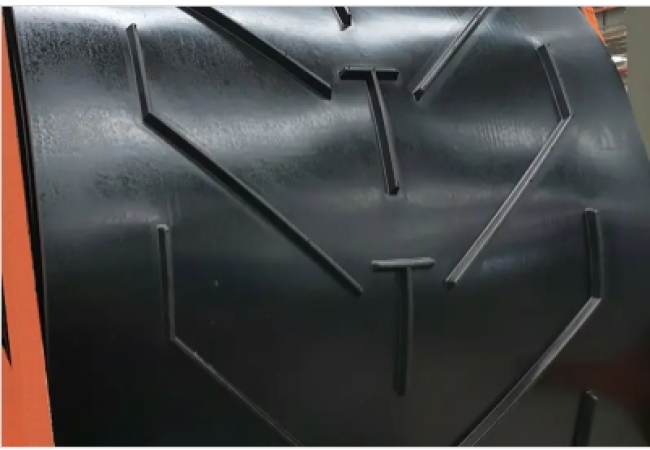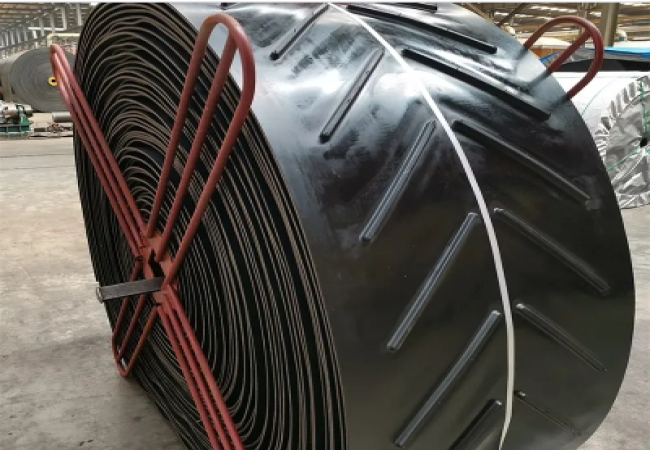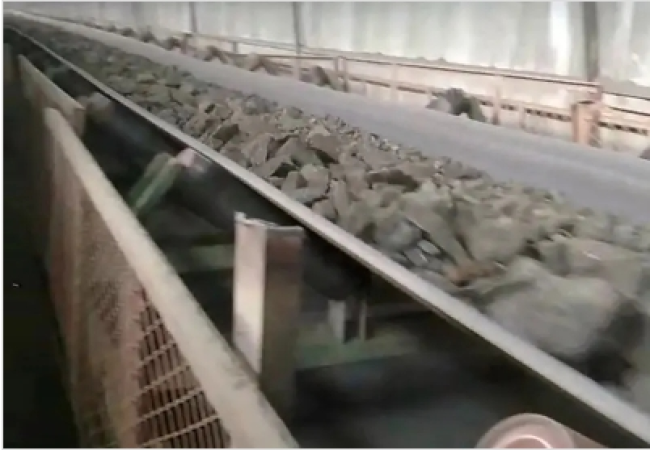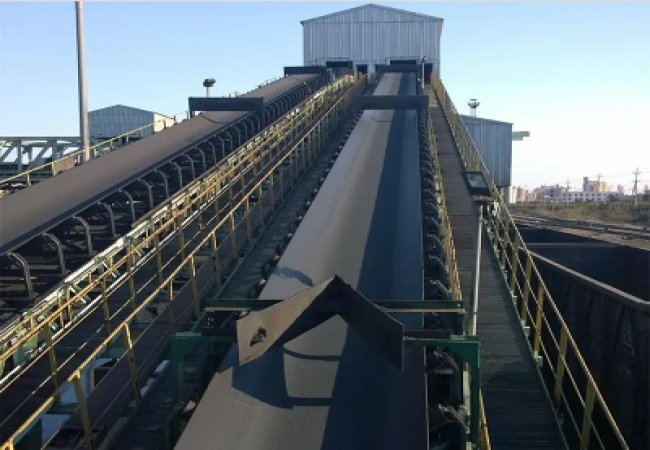Rubber conveyor belts play a pivotal role in various industries, serving as a reliable means of transporting materials efficiently and safely. Over the years, technological advancements have transformed the design, materials, and applications of these belts, contributing to improved performance and increased productivity.
Evolution of Rubber Conveyor Belts
Rubber conveyor belts have come a long way since their inception. Initially, these belts were simple and primarily made of rubber to facilitate the movement of bulk materials. With the industrial revolution and the growth of various sectors, the demand for more robust and specialized conveyor belts surged.

Materials and Construction
Modern rubber conveyor belts are constructed with a diverse range of materials, each tailored to specific industrial requirements. The core structure typically consists of layers of fabric or steel cords for strength, with a rubber cover for protection. Advancements in materials science have led to the development of specialized rubber compounds, enhancing resistance to wear, heat, and chemicals.

Applications in Industries
Rubber conveyor belts find applications in a multitude of industries, including mining, manufacturing, agriculture, and logistics. Their versatility makes them suitable for conveying a wide range of materials, from bulk commodities to delicate products. Different industries often require customized belts designed to withstand specific environmental conditions and handle particular materials.

Technological Innovations
Recent years have witnessed significant technological innovations in conveyor belt design. The integration of sensors and automation technology has enabled the development of smart conveyor systems. These systems can monitor belt health, detect anomalies, and optimize operational efficiency, contributing to overall cost savings and reduced downtime.

Safety Features
Safety is a paramount concern in material handling, and conveyor belts are no exception. Advances in safety features include the incorporation of emergency stop systems, fire-resistant materials, and improved tracking mechanisms. These features not only protect personnel but also prevent damage to the conveyor system and the materials being transported.

Environmental Considerations
As sustainability becomes a central focus across industries, conveyor belt manufacturers are exploring eco-friendly materials and production processes. Recycling initiatives for old conveyor belts and the use of renewable resources in manufacturing are steps towards reducing the environmental impact of these essential components.

Challenges and Future Outlook
Despite the advancements, challenges persist, such as the need for increased durability in harsh environments and the optimization of energy consumption. Looking ahead, ongoing research and development are likely to address these challenges, leading to even more efficient and sustainable conveyor belt solutions.

Rubber conveyor belts continue to evolve, adapting to the changing needs of industries while prioritizing efficiency, safety, and sustainability. As technology advances and challenges are addressed, these critical components of material handling systems will play a pivotal role in shaping the future of industrial processes.


